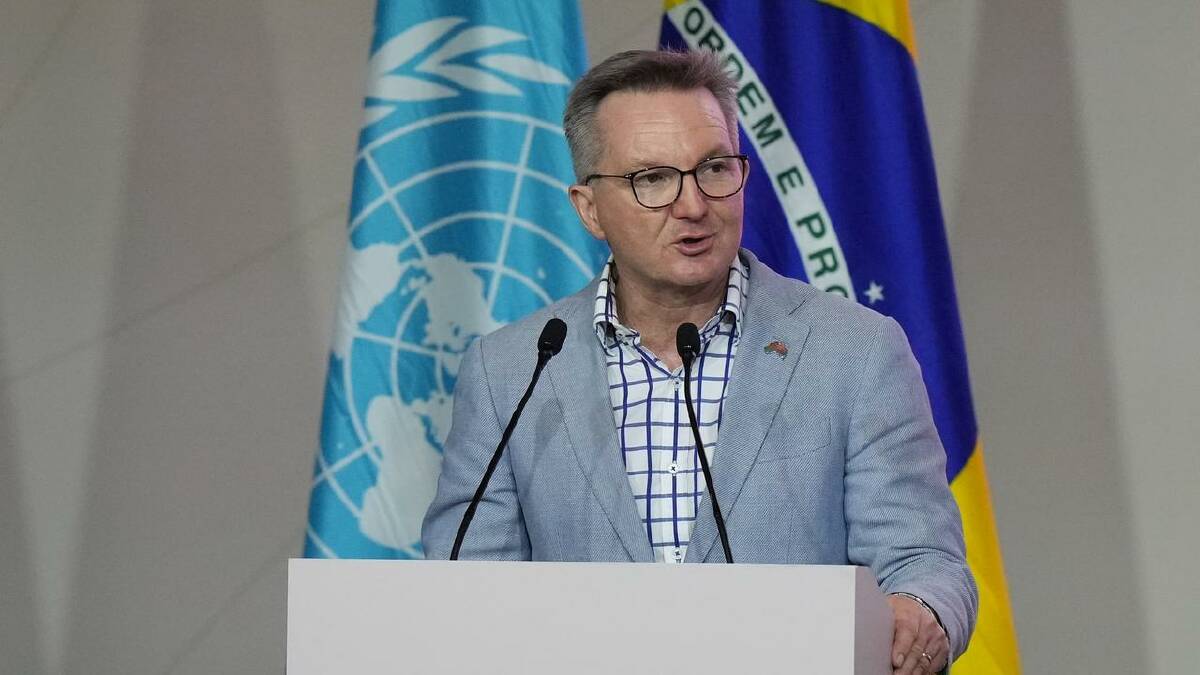Solomon Islands’ doctor/nurse to patient ratios behind World Health Organization’s recommended level, Health Minister reveals
BY SAMIE WAIKORI
Solomon Islands’ doctor/nurse to patient ratios are behind those recommended by the World Health Organization (WHO), it is reported.
The WHO recommends a ratio of one medical doctor for every 1,000 people, and one nurse for every 400 people.
In Solomon Islands, there is one doctor to more than 3,000 patients, and one nurse to around 750 patients.
Minister for Health and Medical Services, Dr Paul Popora Bosawai said currently there are only 251 medical doctors employed under the Public Service and 1,097 nurses and nurse aides working in the country.
These doctors and nurses are serving a growing population which is estimated to be more than 800 thousand.
Speaking in parliament last week Mr Bosawai emphasised that the country is still far from meeting WHO’s recommendations.
Bosawai added that even if doctors working in private clinics were included, the nation would still fall short of the recommended ratios.
He said of the 251 doctors working for government, 179 are stationed at the National Referral Hospital (NRH), 68 are working in provincial areas, and five are assigned to the Ministry of Health and Medical Services.
The distribution of medical doctors across the country is as follows:
- 12 doctors in Guadalcanal province
- 10 doctors in Malaita province
- Two doctors in Central Island province
- Two doctors in Choiseul
- 11 doctors in the Honiara City Council (HCC)
- Four doctors in Makira-Ulawa province
- Two doctors in Isabel province
- One doctor in Renbel province
- Seven doctors in Western province
- Three doctors in Temotu province
In terms of nursing staff, the Minister reported that there are currently 1,688 registered nurses and nurse aides working across both urban and rural health centres throughout the country.
This figure includes nurses employed by the government through the Public Service, as well as those working in provincial and faith-based hospitals such as Helena Goldie, Atoifi, and Good Samaritan.
Bosawai added that out of the 1,097 registered nurses and nurse aides, 65 percent are stationed in urban areas, including at NRH, while 35% serve in rural health centers.
The WHO’s recommended benchmark for nurses is 25 nurses per 10,000 people, or one nurse for every 400 people.
Bosawai acknowledged that the country is also significantly falling short of this benchmark.
He described this as one of the major challenges facing the Ministry of Health and Medical Services, and assured that efforts are underway to address the matter through various means.
For feedback, contact: [email protected]




